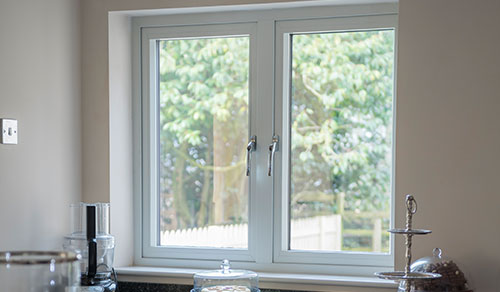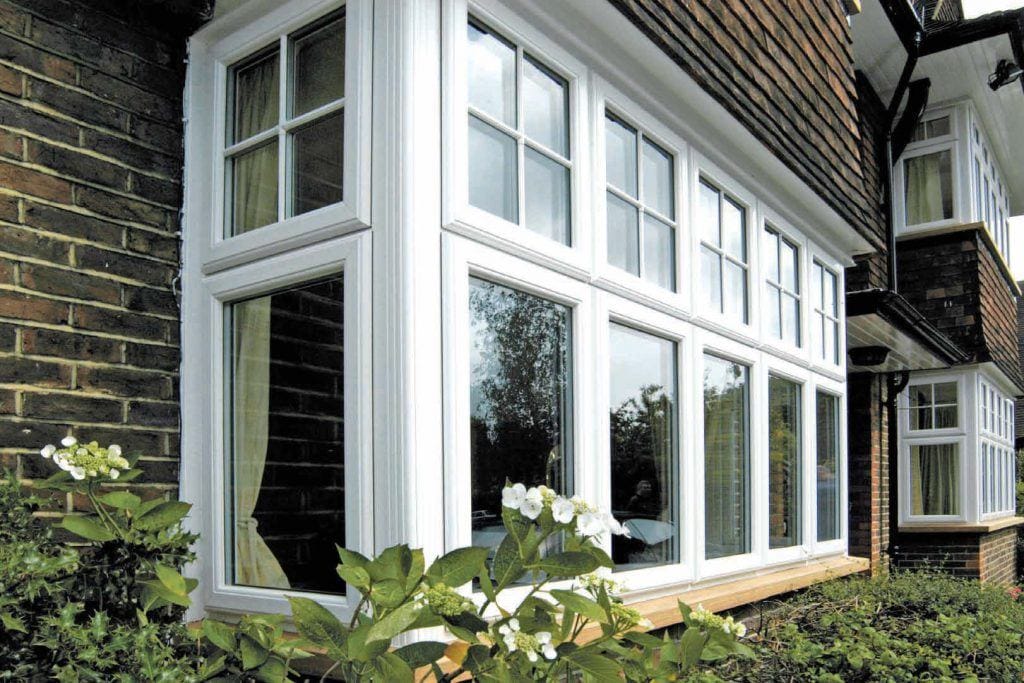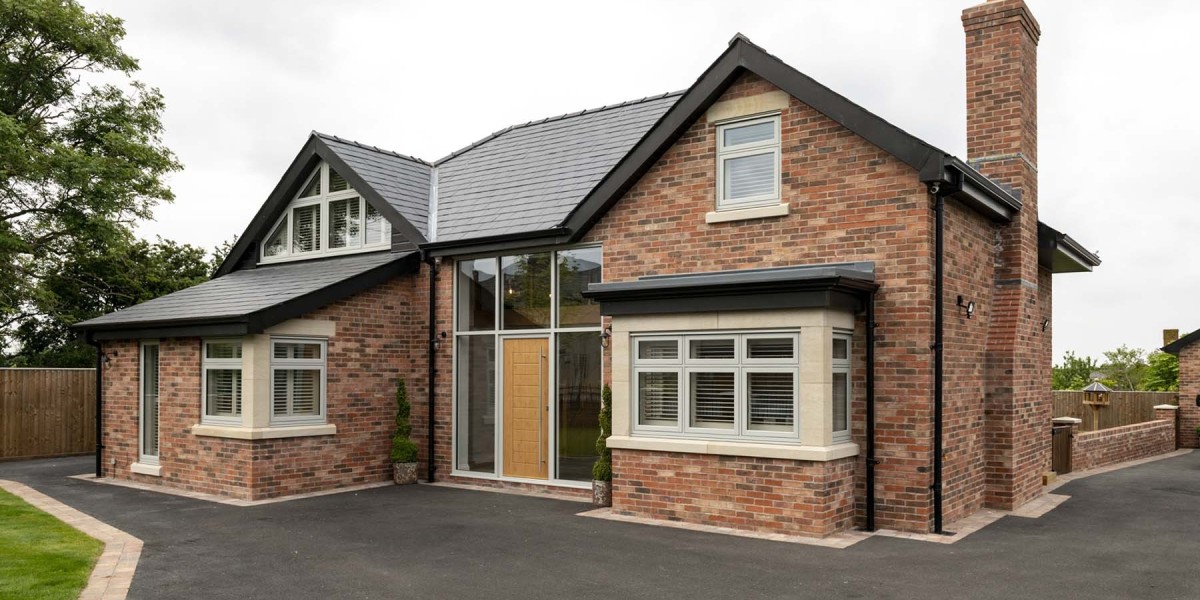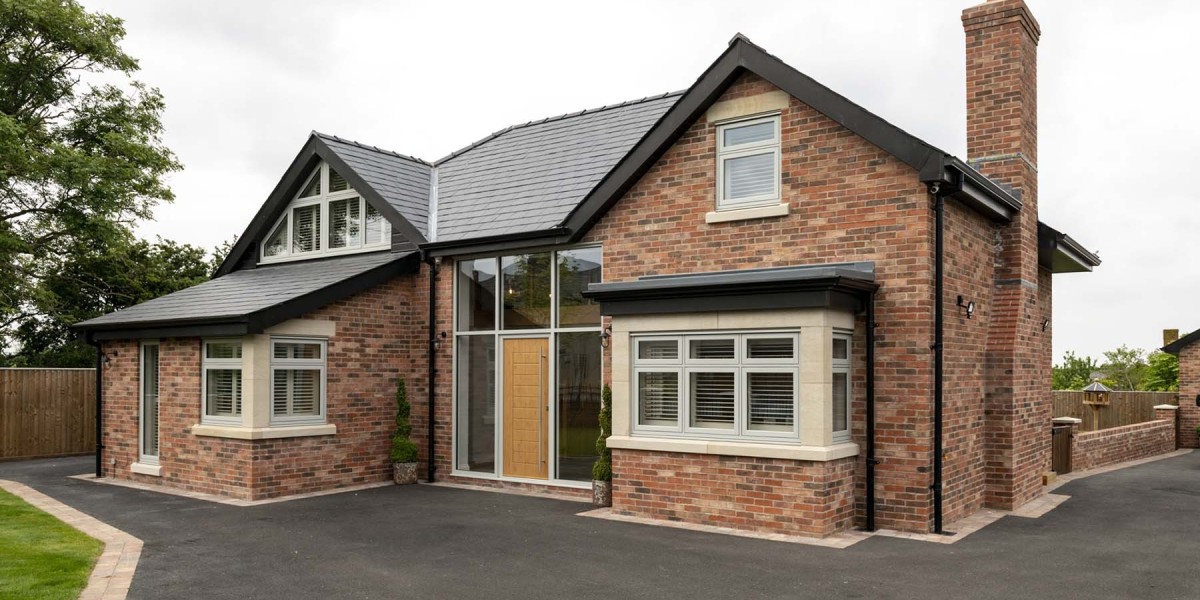In the quest for energy efficiency and comfort in our homes, advances in double glazing technology have reached unprecedented heights. Traditional double glazing has long been a staple in energy-efficient building design, providing insulation and noise reduction. However, recent innovations have taken this technology to new levels, offering enhanced performance, sustainability, and user-friendly features. This article explores the latest advancements in double glazing, highlighting how these developments surpass existing options and contribute to a more sustainable future.

Understanding Double Glazing
Before delving into the new advancements, it’s essential to understand what double glazing entails. Double glazing consists of two panes of glass separated by a space filled with air or gas, typically argon or krypton. This design minimizes heat transfer, thereby improving insulation. Traditional double glazing has proven effective in reducing energy costs and increasing comfort in homes, but it has limitations, particularly in terms of condensation, soundproofing, and overall energy efficiency.
The Emergence of Triple Glazing
One of the most significant advancements in double glazing is the introduction of triple glazing. While traditional double glazing consists of two panes, triple glazing incorporates a third pane, further enhancing insulation. This additional layer creates an extra barrier against heat loss and noise, making it an ideal choice for homes in colder climates or urban areas with high noise pollution.
Triple glazing can achieve U-values as low as 0.6 W/m²K, making it an excellent option for energy-efficient buildings. The increased thickness also offers improved security, as breaking through three layers of glass is significantly more challenging than two. Although triple glazing is heavier and may require stronger frames, the long-term energy savings and comfort benefits often outweigh these considerations.
Vacuum Insulated Glazing (VIG)
A groundbreaking advancement in double glazing technology is Vacuum Insulated Glazing (VIG). Unlike traditional double glazing, which relies on air or gas between the panes, VIG creates a vacuum seal, eliminating thermal bridging and significantly improving insulation. This technology allows for much thinner profiles, making it a perfect fit for historic buildings where maintaining the original aesthetics is crucial.
VIG can achieve U-values as low as 0.4 W/m²K, outperforming conventional double glazing and even triple glazing. Its lightweight design and superior insulation properties make it an attractive option for modern architecture, allowing for larger windows without compromising energy efficiency. Moreover, VIG is less prone to condensation, reducing the risk of mold and improving indoor air quality.
Low-E Glass Coatings
Another significant advancement in double glazing is the development of Low-Emissivity (Low-E) coatings. These coatings are applied to the glass surface and work by reflecting heat back into the room during winter while allowing sunlight to enter. This dual functionality enhances energy efficiency, as homes remain warm without the need for excessive heating.
Low-E coatings can be customized to meet specific needs, with options for different levels of light transmission and solar control. This versatility allows homeowners to select the ideal balance between natural light and heat retention, contributing to a comfortable living environment year-round. Moreover, Low-E glass can help reduce glare and UV damage to furniture and flooring, prolonging their lifespan.
Smart Glazing Technology
The integration of smart technology into double glazing has opened up new possibilities for energy efficiency and comfort. Smart glazing features adjustable tinting, allowing homeowners to control the amount of sunlight and heat entering their homes. This technology can be controlled manually or programmed to respond to environmental conditions, optimizing energy use throughout the day.
For instance, electrochromic glass can change its tint based on the intensity of sunlight, reducing the need for air conditioning during hot days. This adaptability not only enhances comfort but also contributes to significant energy savings. As smart home technology continues to evolve, the potential for integrating double glazing with other systems, such as heating and cooling, presents exciting opportunities for the future of energy-efficient homes.
Sustainability and Eco-Friendly Materials
As the world becomes increasingly aware of the importance of sustainability, the double glazing industry is responding with eco-friendly materials and manufacturing processes. Innovations such as recycled glass and sustainable frame materials, like thermally broken aluminum and composite materials, are gaining traction. These materials not only reduce the environmental impact of production but also enhance the overall performance of double glazing.
Furthermore, manufacturers are focusing on reducing the carbon footprint of their operations, utilizing renewable energy sources and minimizing waste. This commitment to sustainability ensures that the next generation of double glazing not only performs better but also aligns with the growing demand for environmentally responsible building practices.
Enhanced Noise Reduction
Noise pollution is a significant concern for many homeowners, especially in urban areas. Advances in double glazing technology have led to improved soundproofing capabilities. The combination of thicker glass, specialized interlayers, and airspace optimization results in Windows By Ideal Glass that can significantly reduce external noise.
Acoustic glazing, which incorporates sound-dampening materials, is becoming increasingly popular for homes located near busy roads or airports. This technology not only enhances comfort but also contributes to improved mental well-being by creating a quieter living environment.
Conclusion
The advancements in double glazing technology represent a significant leap forward in energy efficiency, comfort, and sustainability. From triple glazing and vacuum insulated glazing to smart technology and eco-friendly materials, the latest innovations are transforming how we think about windows in our homes. As the demand for energy-efficient solutions continues to grow, these advancements will play a crucial role in shaping the future of residential design.
Investing in modern double glazing not only enhances the aesthetic appeal of a home but also provides long-term benefits in terms of energy savings, comfort, and environmental impact. As homeowners become more aware of these options, the transition to next-generation double glazing will undoubtedly contribute to a more sustainable and energy-efficient future.








